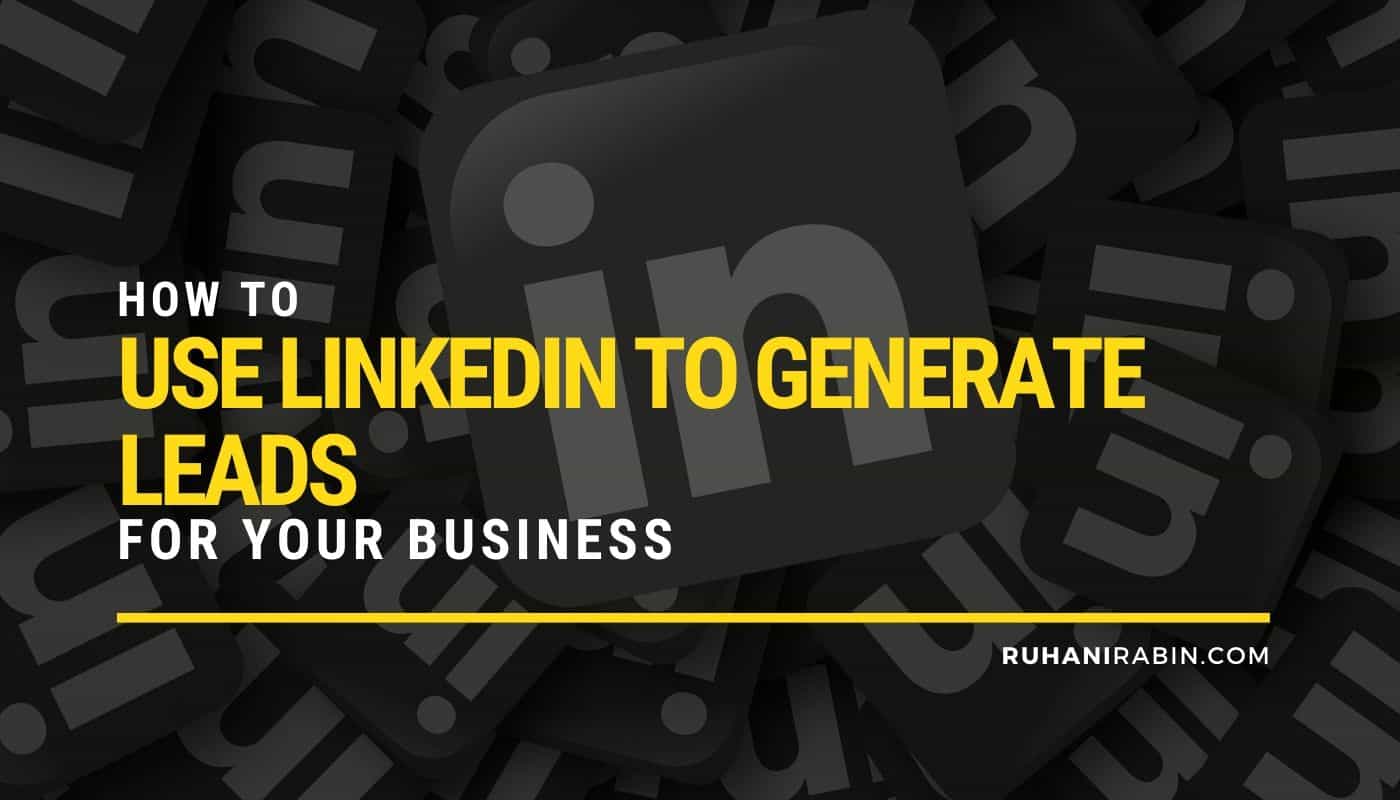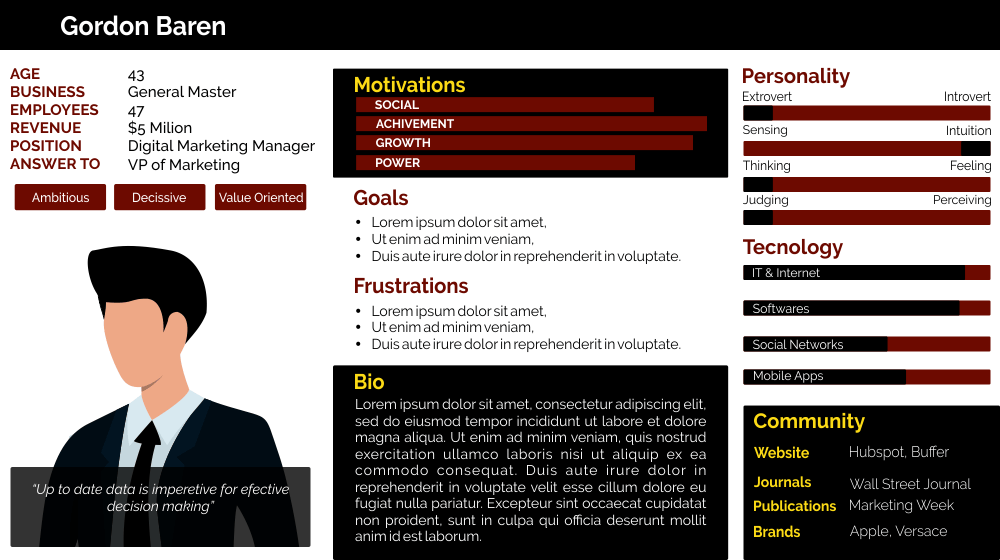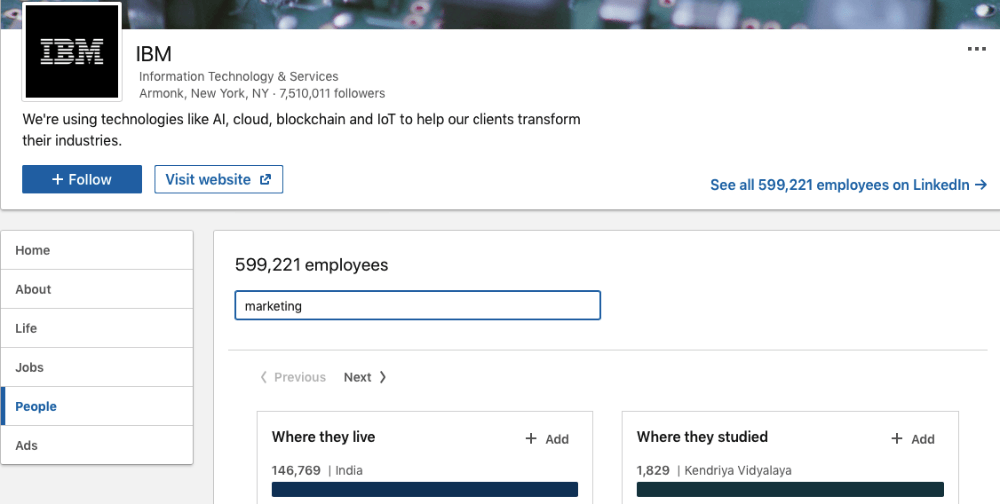How to Use LinkedIn to Generate Leads for Your Business
Follow this step-by-step guide that will help you understand an uncomplicated LinkedIn marketing strategy that will help you grow your company. With just a little hard work and patience, you will see a return on investment from your LinkedIn marketing in no time! Let’s take a look into it then.

Social media is an important marketing channel for every business. If you are running or working for a B2B company, LinkedIn is the go-to social media platform for establishing and maintaining your professional relationships.
With the right strategy in place, LinkedIn is also a great source of leads for your firm.
Follow this step-by-step guide that will help you understand an uncomplicated LinkedIn marketing strategy that will help you grow your company. With just a little hard work and patience, you will see a return on investment from your LinkedIn marketing in no time! Let’s dive right in.
Get the Best Updates on SaaS, Tech, and AI
Step 1: Define clear LinkedIn business marketing goals
The starting point for any business development strategy is to define your goals. If you plan to use LinkedIn to land leads for your company, your goal might look something like this:
- Generate one lead from LinkedIn per quarter
Having a target is helpful as it allows you to measure success.
Once you have defined your overarching goal, you need to break it down into the tasks you need to complete to achieve your target. The first of these tasks is defining who you are selling to.
Step 2: Create a Customer Persona
To undertake a sales focused outreach strategy, you need a clear picture in your mind of your ideal customer. You should be able to define the specific characteristics of the companies you want to work with.
There are five essential questions you should be able to answer about your ideal client. They are:
- What niche does the company operate in
- How big is the company/ how many employees do they have
- How much money are they making/ what is their turnover
- Who in the company decides on buying your product or service
- Why would they be interested in your service / what is your Unique Selling Point (USP)
If you don’t know the answer to these questions, talk to your customers. Alternatively, undertake a customer persona exercise.

Creating a customer persona doesn’t need to be a long-winded process. If you’re a freelancer, there’s a good chance it will take you less than five minutes to undertake this exercise. However, you must do this.
The better you can define your target audience then the more effective your outreach will be. This brings us nicely onto our next task.
Step 3: Grow your connections on LinkedIn
Once you’ve defined your target audience, you can use LinkedIn to connect with people from relevant companies that fit your target persona. There are two stages to this task.
First, create a list of companies to target. The way you generate that list will vary.
Useful resources for finding companies to target include:
- Google My Business: This is a great resource if you work with local businesses. For example, you might want to work with law firms in your area.
- Business Lists & Awards: If you want to work with scale-ups, business award ceremonies, and lists like the Inc 5,000 are great resources for potential leads.
- Stock Markets: For individuals or companies who want to work with huge firms, the stock exchange offers a shortlist of the biggest listed firms operating in your country.
Collect the list of companies on a Google Sheet or Excel.
Once you have a list of companies, you then need to connect with the relevant stakeholder at each firm. This is easy to do. Just search for the name of the company on LinkedIn, and then search for the person you want to connect with using their job title.

Send the person a blank connection request. A percentage of people you outreach to will accept your request.
Step 4: Engage with your connections
As you implement this LinkedIn marketing strategy, you will slowly grow a professional network of people who fit your ideal customer persona. You should now engage with them.
Yes, just like any other social network, you need to say hi to your new friends! Try to do this naturally.
Engage with the content on their social feed. Allocate a bit of time every day to interacting with people. Like, share and comment, you know the drill. You should find yourself enjoying building these little connections.
In addition to this, share interesting content on your feed. This content should be relevant to your service. Examples of the type of content you might share include case studies with wins for clients, and thought leadership pieces.
Over time you will form professional relationships with some of these people. Spending time warming up your leads will make pitching your service a little easier.
If this all sounds much, you can opt to hire a Virtual Assistant (VA) to network on your behalf.
Step 5: Pitch your services
With this professional network in place, you should find people organically reaching out to ask about your services. You’ll probably get one or two leads a year this way, which is a quarter to half of your original target. To increase that number, you should undertake some cold outreach.
There’s an art to an excellent cold outreach letter.
You should think of LinkedIn messaging as an instant messaging platform. It’s not email. You don’t want to send paragraphs of text. Keep your message short and to the point.
Your goal is to get the person to respond.
In no more than a couple of sentences, you need to:
- Establish why you are contacting them / what is your service
- Explain why they should care / what value can you add
- Set out the next steps
That’s it. If that sounds difficult, here’s an example template an SEO agency might use.
Hi Name, I help businesses generate more online sales. I spent the last week working on a digital marketing plan that I think would double your sales. I want to share it with you free of charge. Do you have 5 minutes to spare so I could talk to you through my findings? Thanks in advance
The message has a clear value proposition; I can help you double your sales if you give me 5 minutes of your time. Of course, this might not be the best template to use. This is why it’s important to test and tweak your copy. Your aim, after all, is to get the maximum number of people to respond to your message.
When a person responds to your message, arrange a meeting with them. This is your opportunity to sell your services, and convince the person of the value you have to offer.
Keep a note of the people who did not accept your LinkedIn connection request. Try to contact them through another channel. For example, you could use an email finder to get their contact details. You can then conduct outreach by email.
In summary
This guide aimed to provide you with a step-by-step LinkedIn marketing strategy you could follow to generate more leads for your business. You should start this process by defining your overarching marketing goal. The example I provided was:
- Generate one lead from LinkedIn per quarter
To achieve this goal, you need to create a customer persona and a list of potential leads. I showed you how to do this. We then covered how to connect with people on LinkedIn, and pitch your services.
It might all seem quite obvious and simple, but it takes time and commitment to achieve your goals. When you do reach those goals, enjoy the success of it. You earned it.
Owen Baker is a content marketer for Voila Norbert, an online Email verification tool. He’s spent over a decade in online marketing. He enjoys sharing his knowledge of content marketing across a range of websites.
FTC Disclosure: The pages you visit may have external affiliate links that may result in me getting a commission if you decide to buy the mentioned product. It gives a little encouragement to a smaller content creator like myself.


